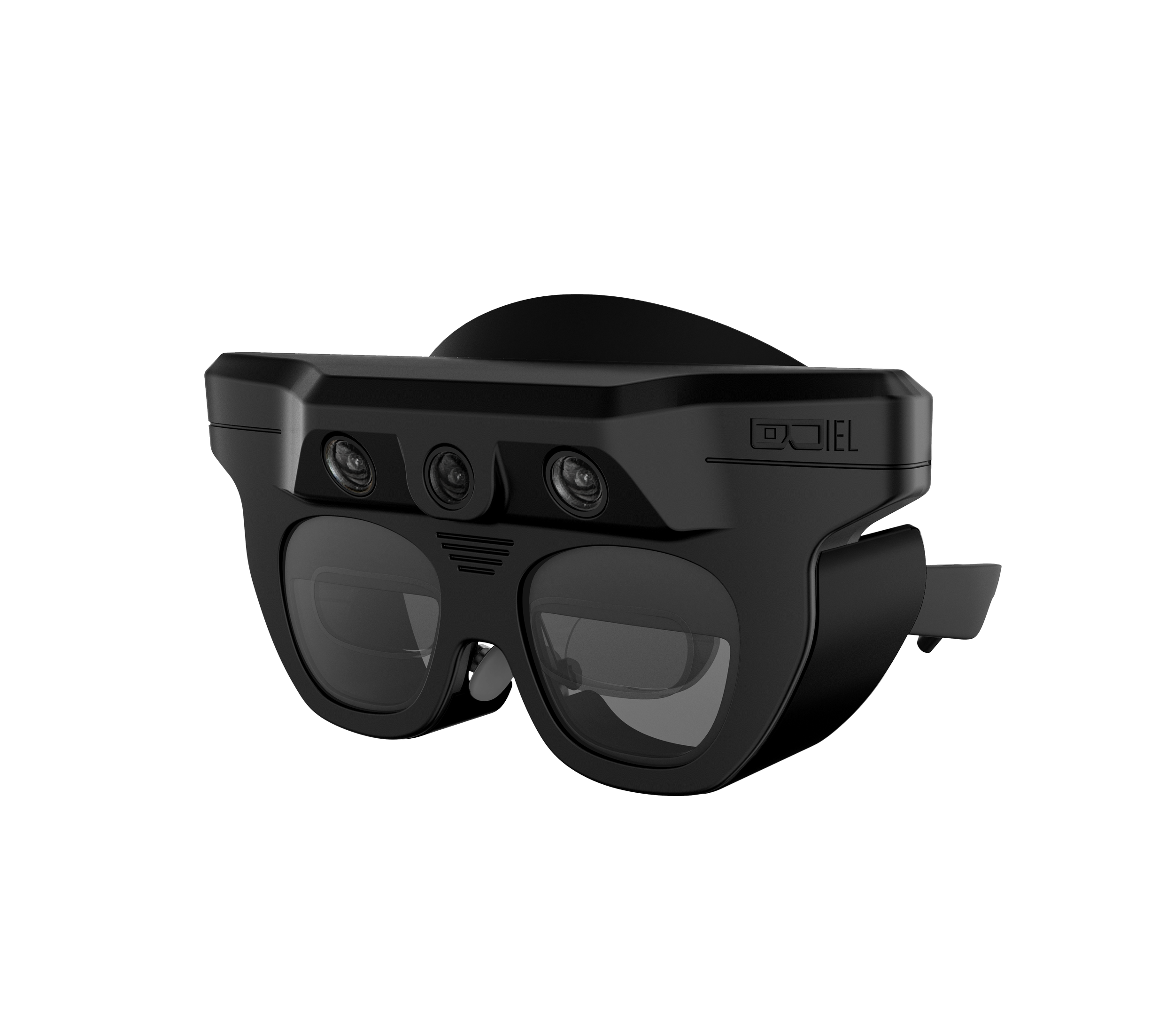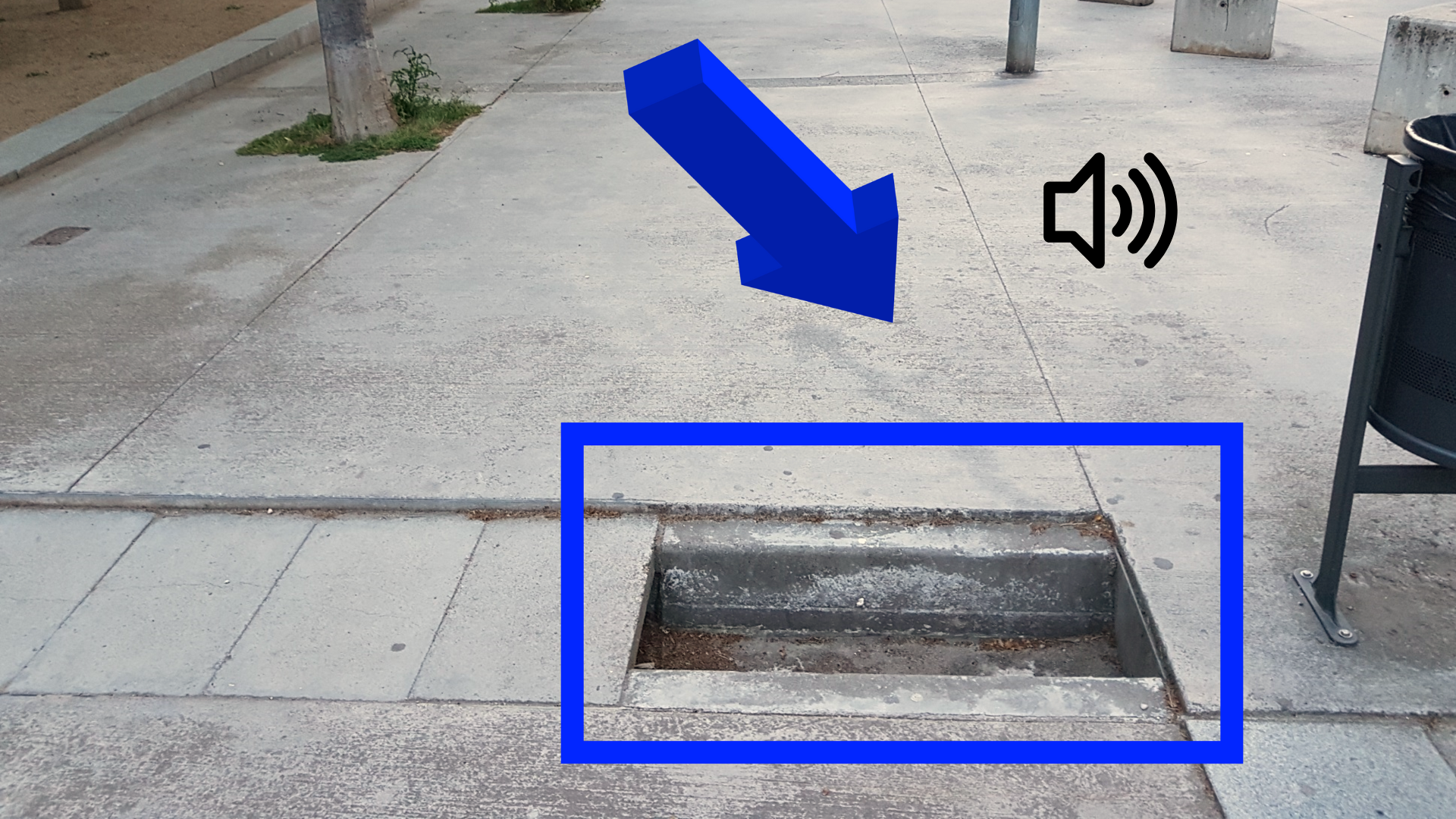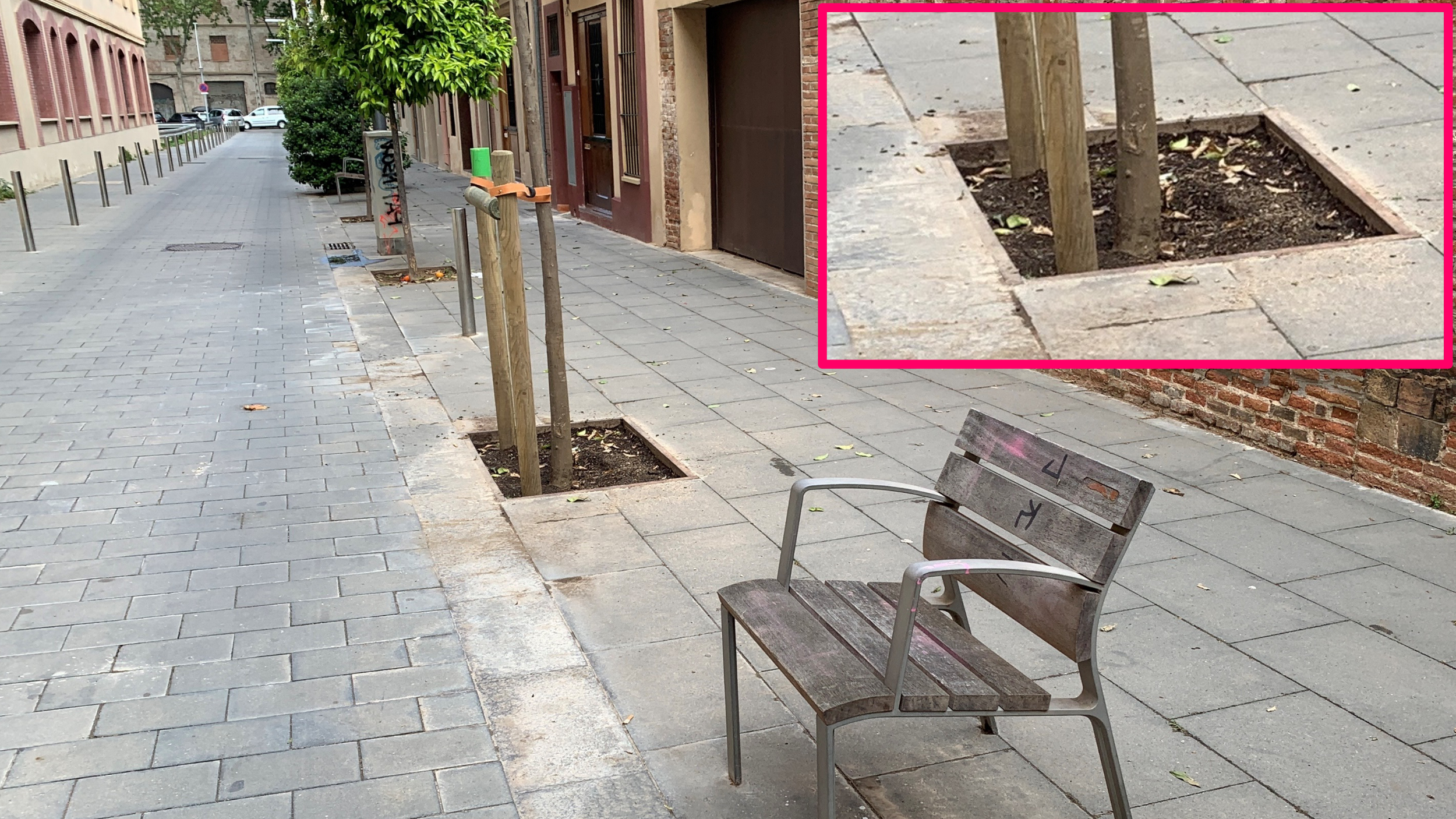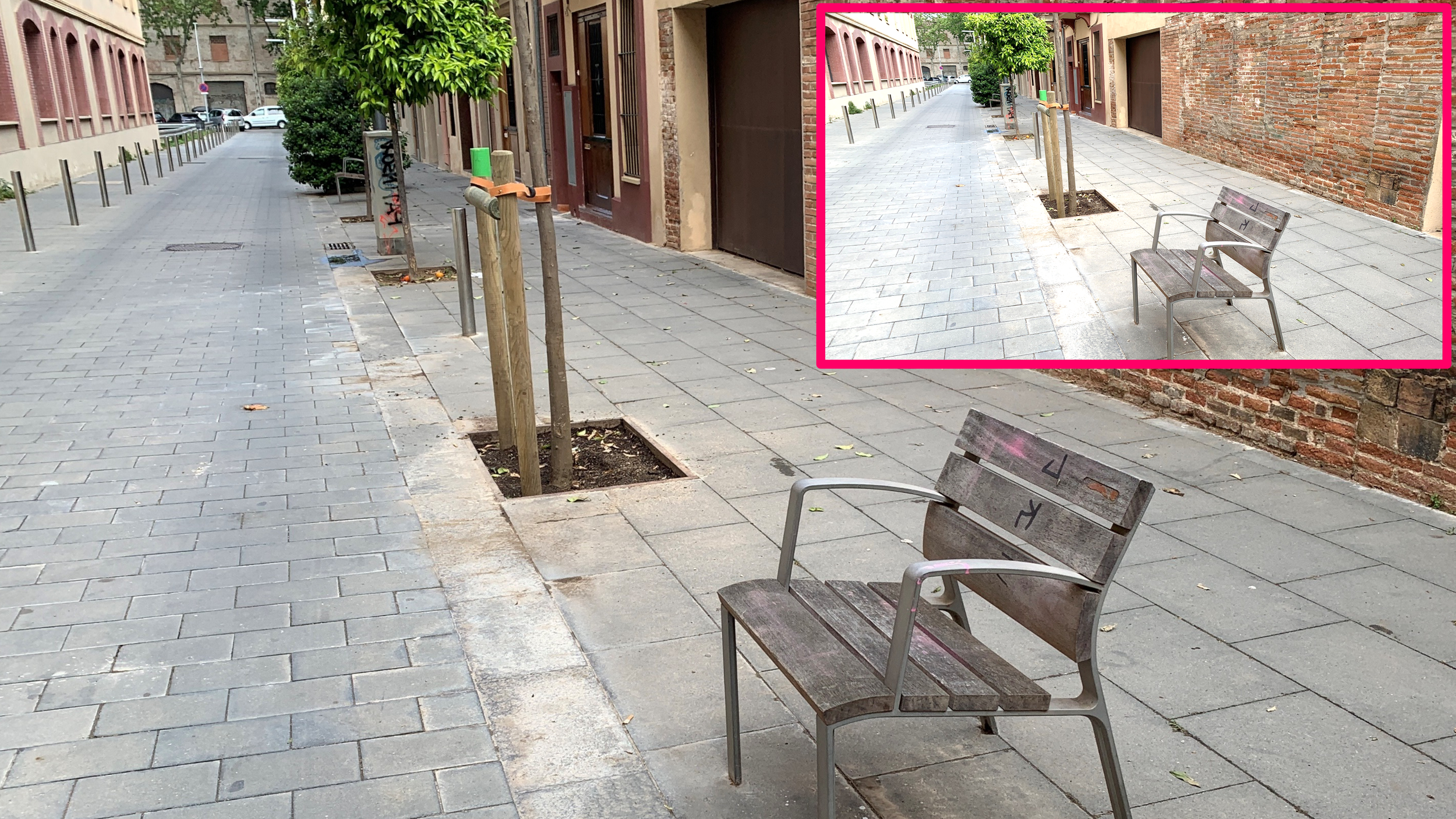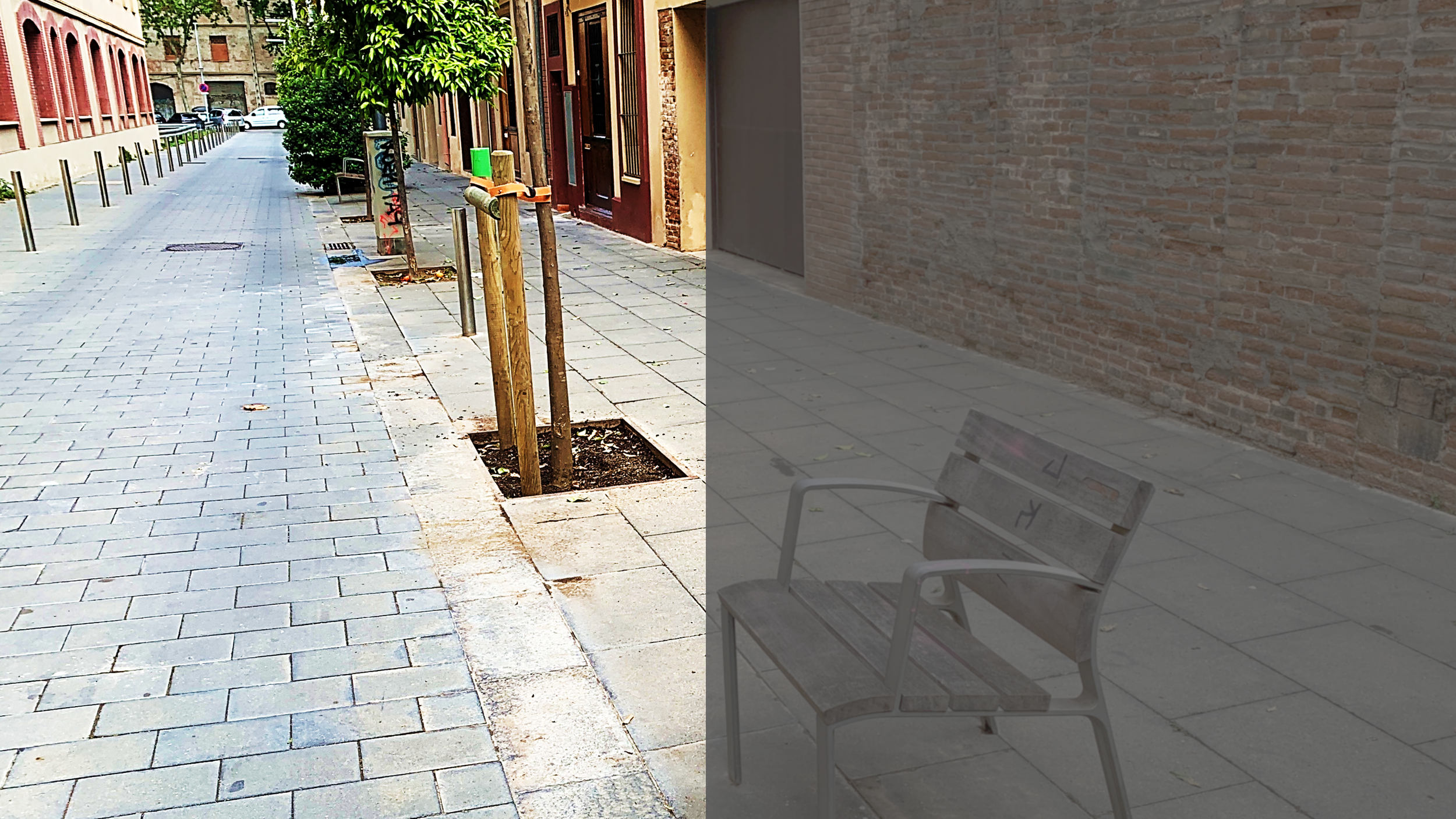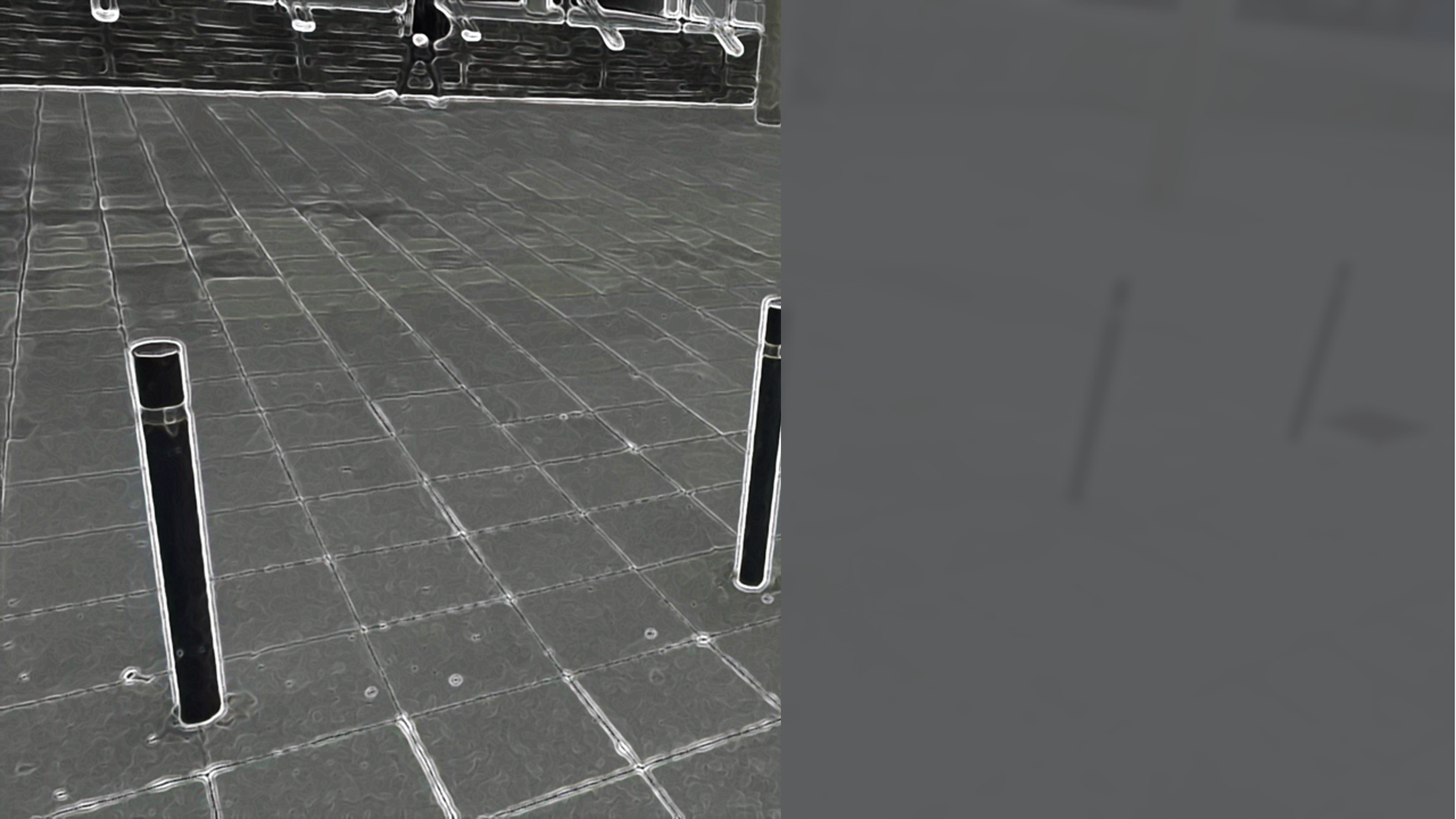
Biel Smartgaze
Biel Smartgaze combines cutting-edge AI, spatial technology, and assistive optics to empower the visually impaired.
From independent mobility to effortless navigation and interaction, it opens a new era of smart vision technology.
functions
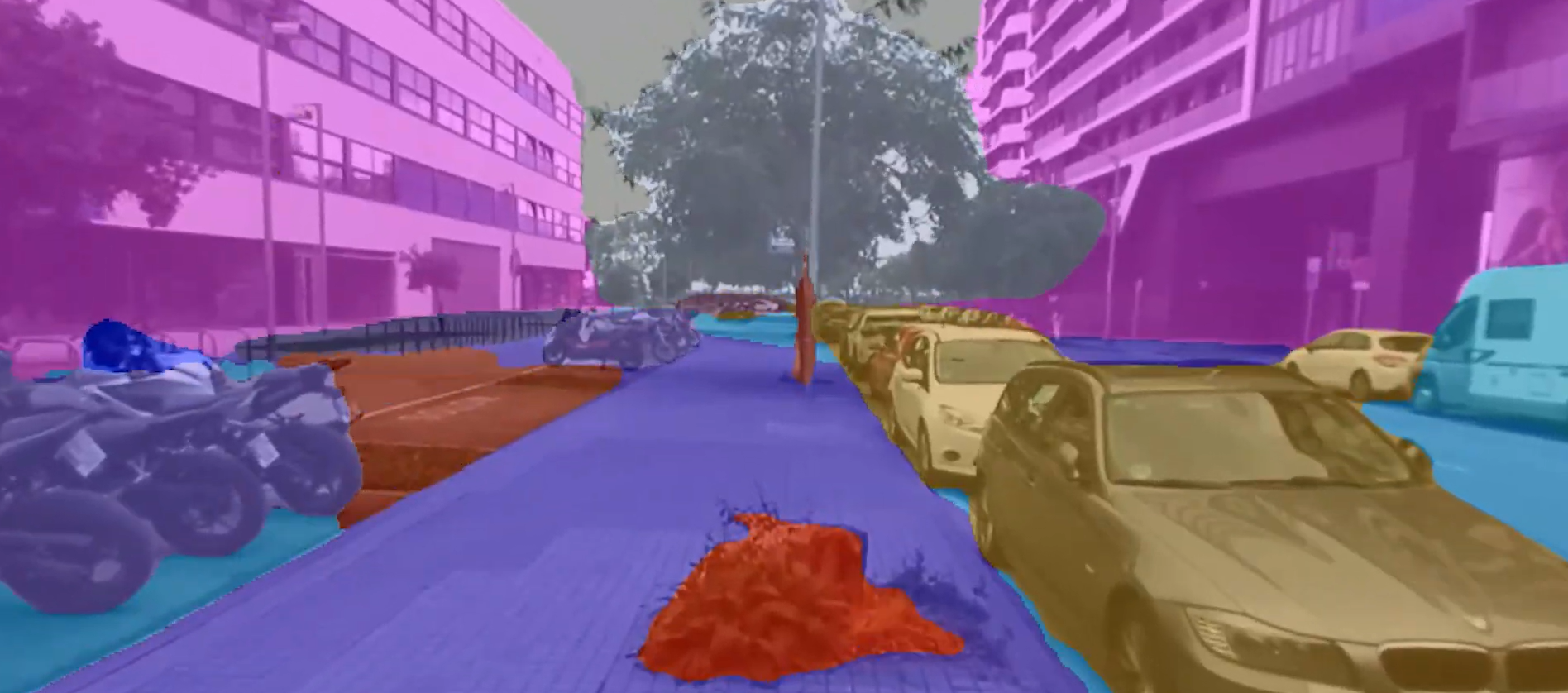
RISK DETECTION
Obstacle Awareness
Detects holes, curbs, stairs, and other potential risks in real time.
Audible & Visual Alerts
Warns users safely through sound and visual signals.
VISION ENHANCEMENT
Magnification Window
Zooms in on key details, customizable to each user’s visual residual.
Visual Field Enlargement
Expands peripheral vision for a broader and safer view.
Image Enhancement
Adjusts brightness, contrast, and light for clearer vision in any environment.
Edge Highlighting
Outlines threatening edges such as stairs, curbs, and drop-offs using real-time contrast enhancement
